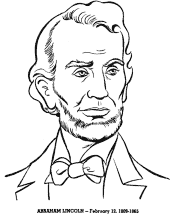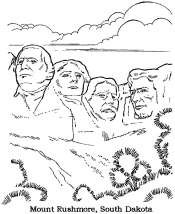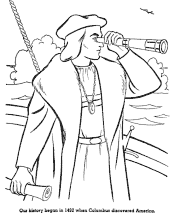|
|
The Basics of HistoryThe Meanings of History If you look for the meaning of "history" in the dictionary you may be surprised to find that history is not simply the past itself. The first meaning of history is "tale, story," and the second meaning is "a chronological record of significant past events." The opening of tales for children -- "Once upon a time"-- captures both the story and time nature of history. When we study history we are involved in a branch of knowledge that records and explains past events. Many would say that history is not just one branch of knowledge among others, but that it is the most essential one because it is the complete story of human endeavor. It happens that the word "history" comes from the Greek "to know." The activities in this section of the site are organized according to the two meanings of history as story and time in order to help you explore these meanings with your child. The Story in History The work of doing history is to consider people and events that are no longer in our presence. Unlike doing science, we do history without being able to observe behavior and its results. This work is fun when we make the past meaningful. We do this by weaving together various pieces of information about the past. In doing this we create a pattern that gives shape to "just a bunch of facts." Doing history is a way of bringing the past to life, in the best tradition of the storyteller. But not just any story will do. While there are many possible tales of the same event, good history is based on evidence and several perspectives. The history with which we are most familiar is political history-- the story of wars, peace treaties, and changes of government. But anything that has a past has a history. This includes the history of ideas, for example the concept of freedom, and cultural history, for example the history of music. The story of history is interesting to us because it tells us about real people who had ideas and beliefs, worked and struggled to put them in action, and shaped the present in which we find ourselves. Time in History Human events take place in time, one after the other. It is important to learn the sequence of events in order to trace them, reconstruct them, and weave the stories that tell of their connections. Children need to learn the measures of time, such as year, decade, generation, and century. When they hear "Once upon a time in history" they need to be able to ask "When did that happen?," and to know how to find the answer. Time in history is a kind of relationship. We can look at several events that all happened at the same time, and that together tell a story about that period. Or we can look at the development of an idea over time, and learn how and why it changed. And we can consider the relationship between the past and the present, or the future and the past (which is today!). The present is the result of choices that people made and the beliefs they held in the past, while the past, in being retold, is in some way remade in the present. The future will be the result of the coming together of several areas developing today. The main focus of history is the relationship between continuity and change, and it is important that our children understand the difference between them. For example, the population of the United States has changed dramatically over time with each wave of immigration. With the entry of these new groups into American society, bringing their own ideas, beliefs, and cultures, American democracy has continued and grown stronger. It continues to function according to its original purpose of safeguarding our basic values of freedom and equality, even as the meanings and effects of these values change. Printable Patriotic Coloring Pages for Kids >>
| |||||||||
| |
| | | ||||||


